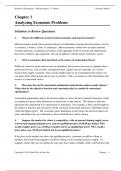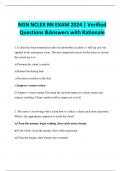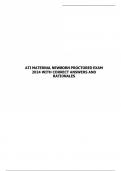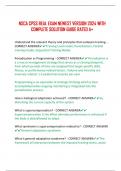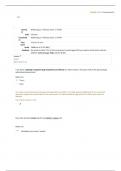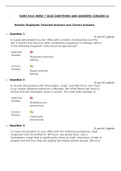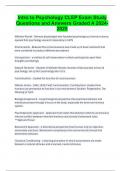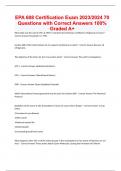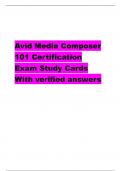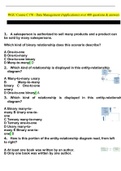Tentamen (uitwerkingen)
Test Bank For Solutions Manual Microeconomics, 5th edition by Besanko & Braeutigam
- Vak
- Instelling
- Boek
Chapter 1 Analyzing Economic Problems Solutions to Review Questions 1. What is the difference between microeconomics and macroeconomics? Microeconomics studies the economic behavior of individual economic decision makers, such as a consumer, a worker, a firm, or a manager. Macroeconomics studi...
[Meer zien]
